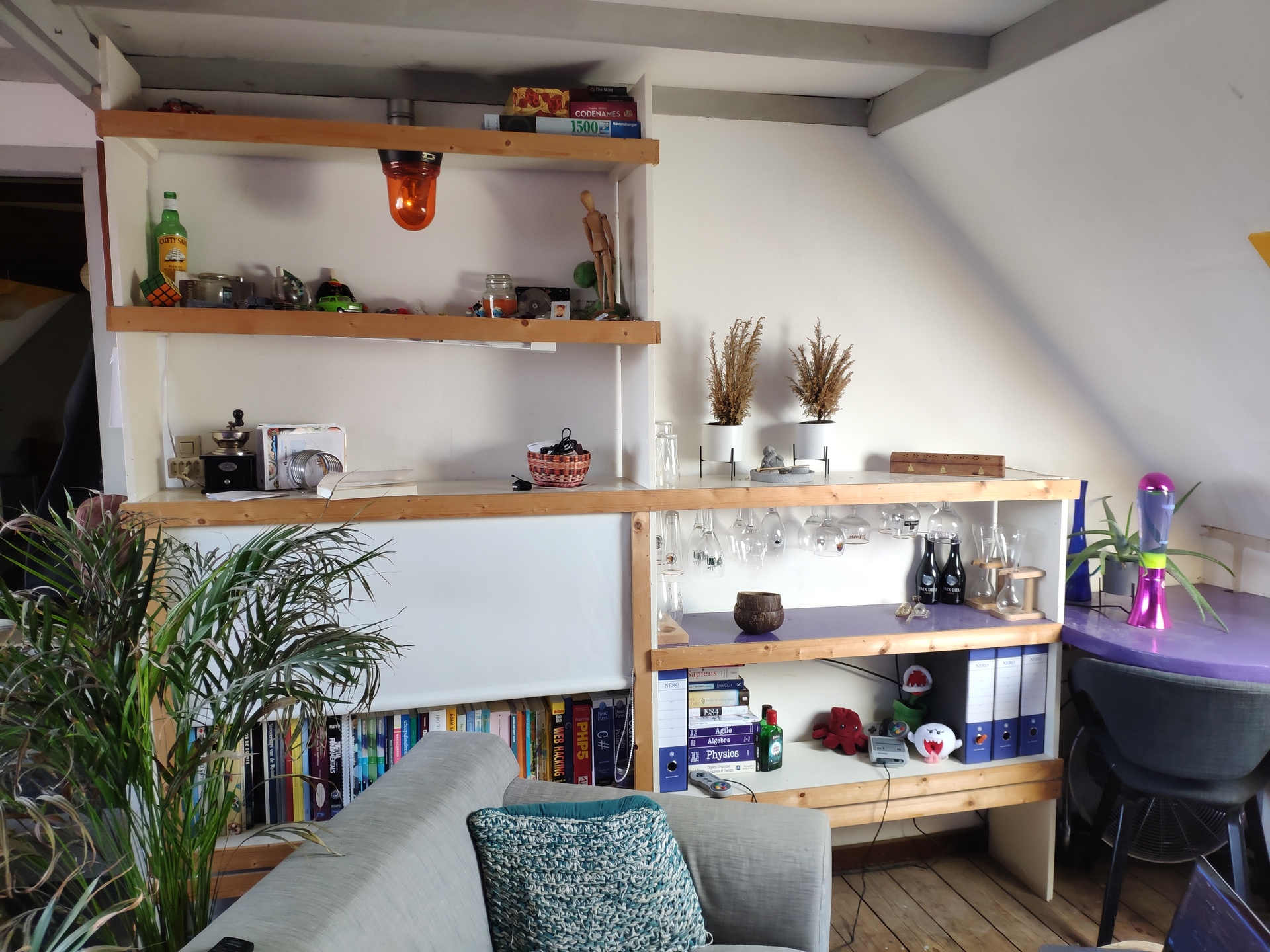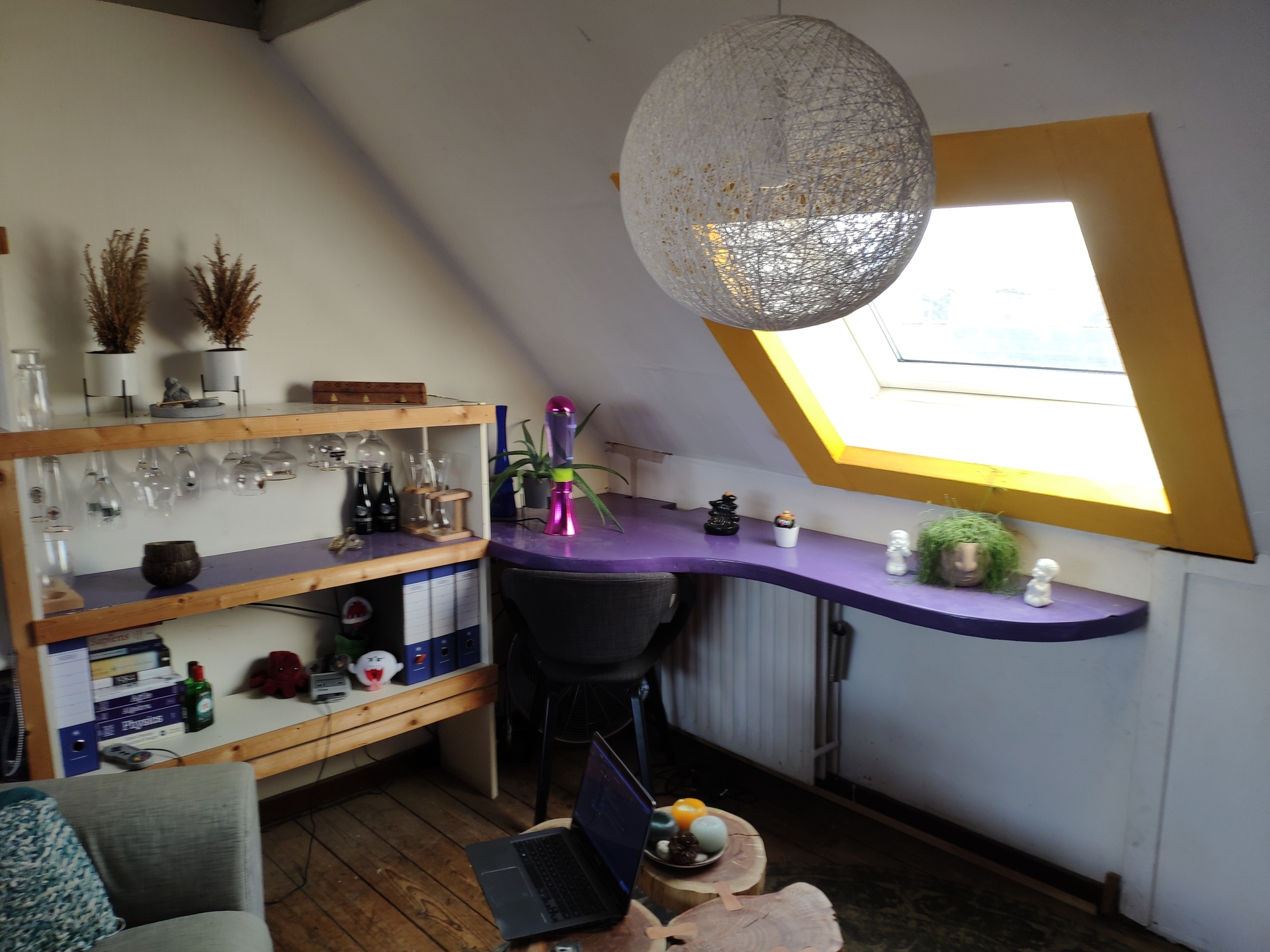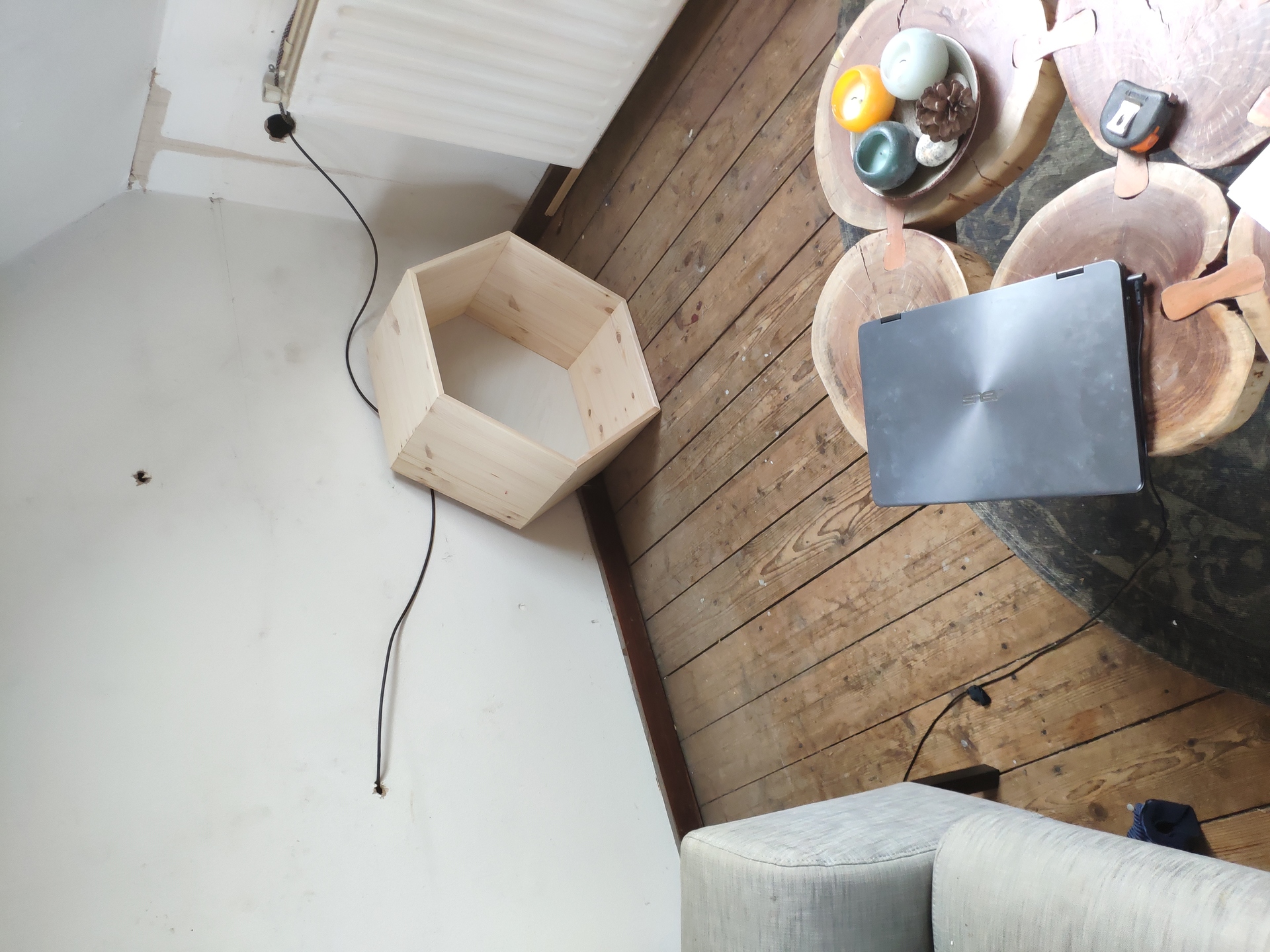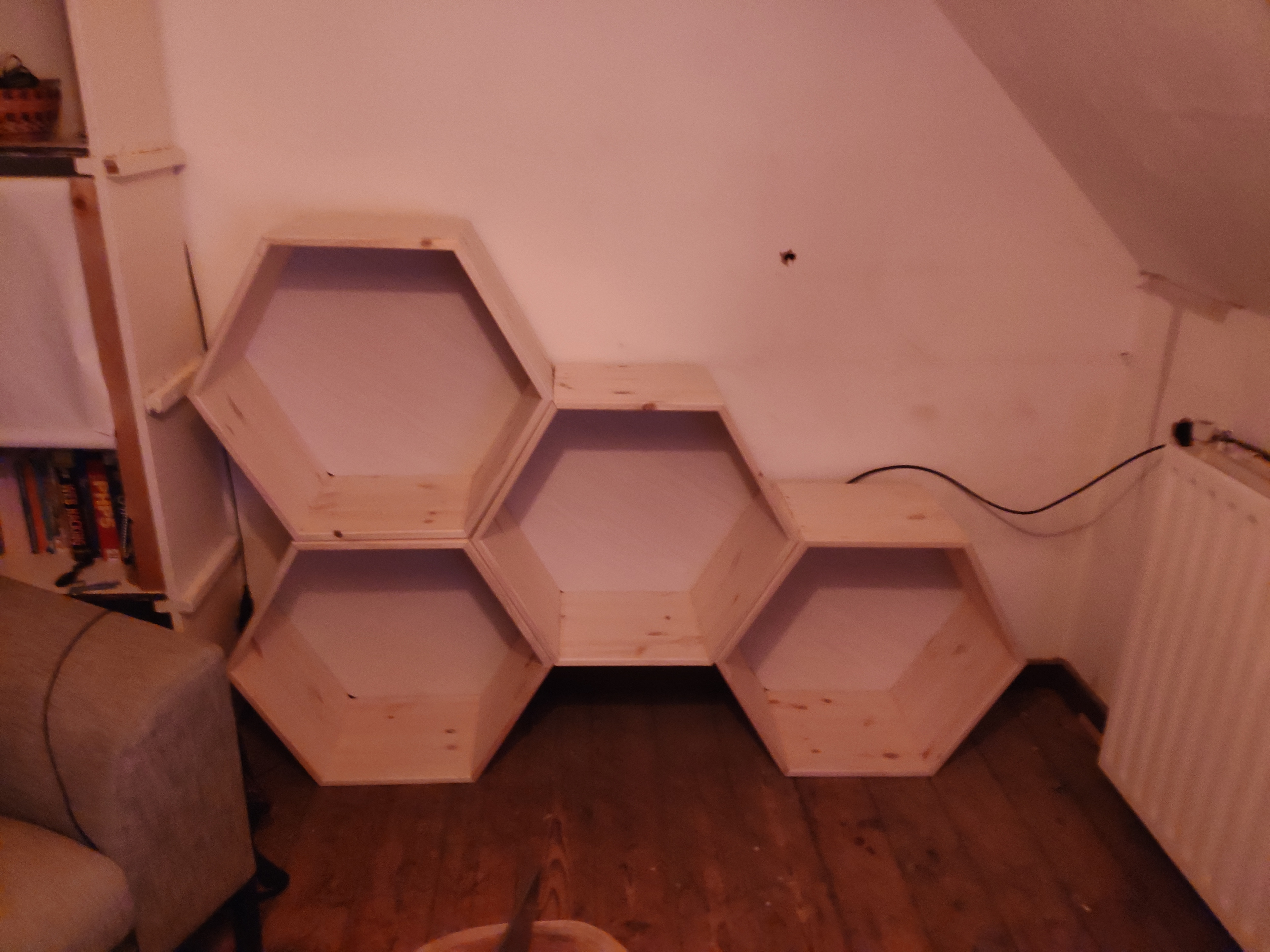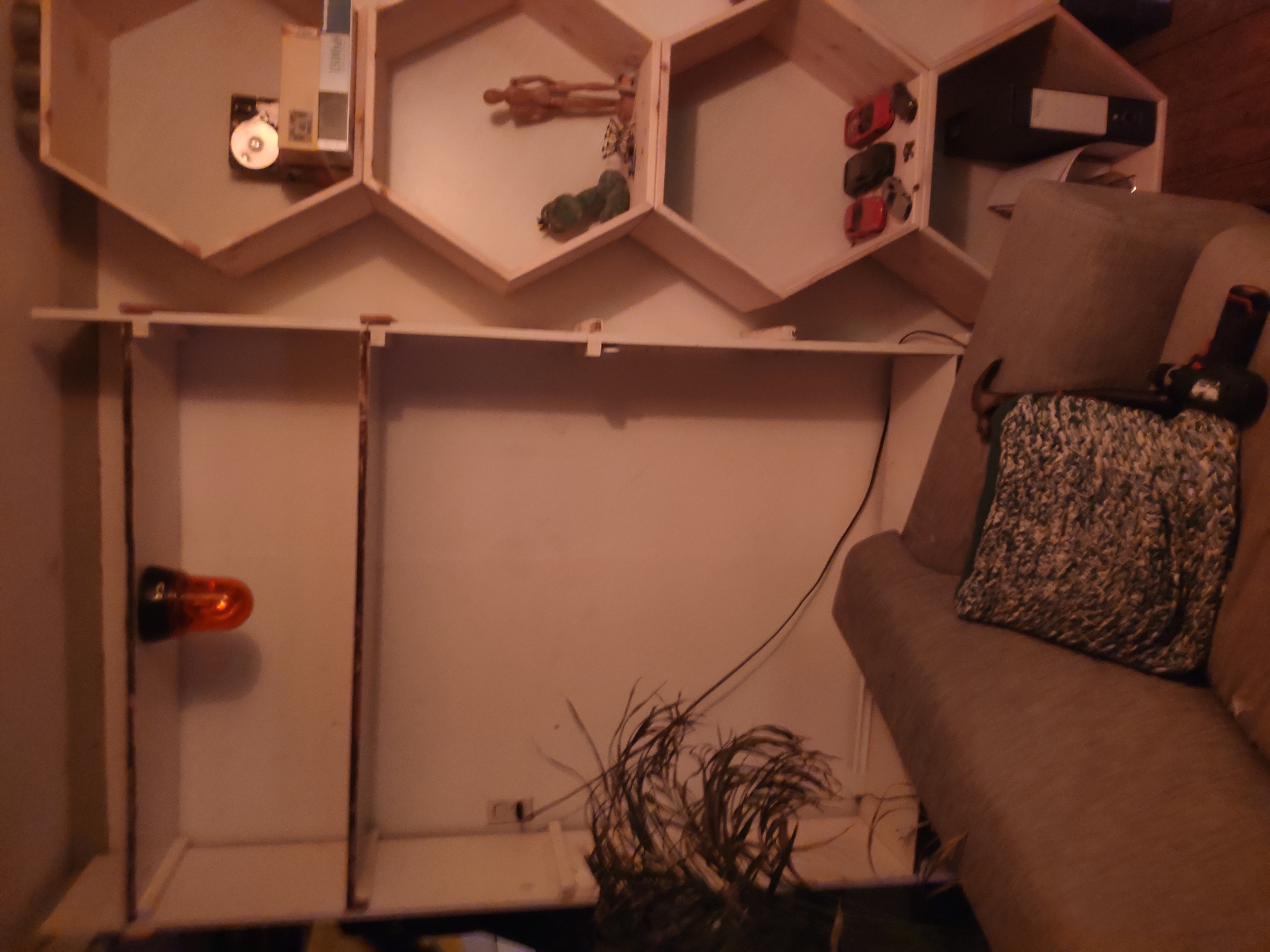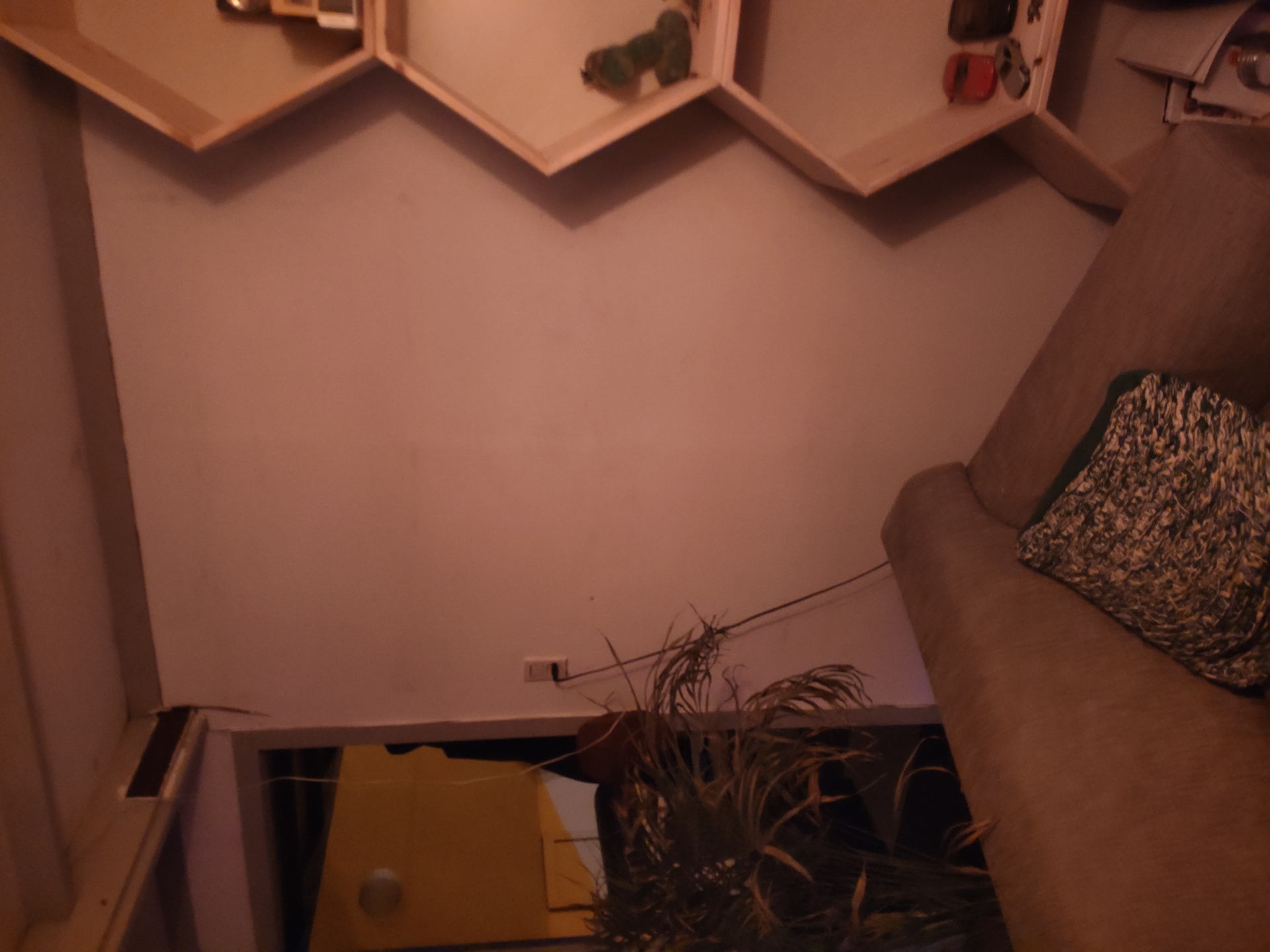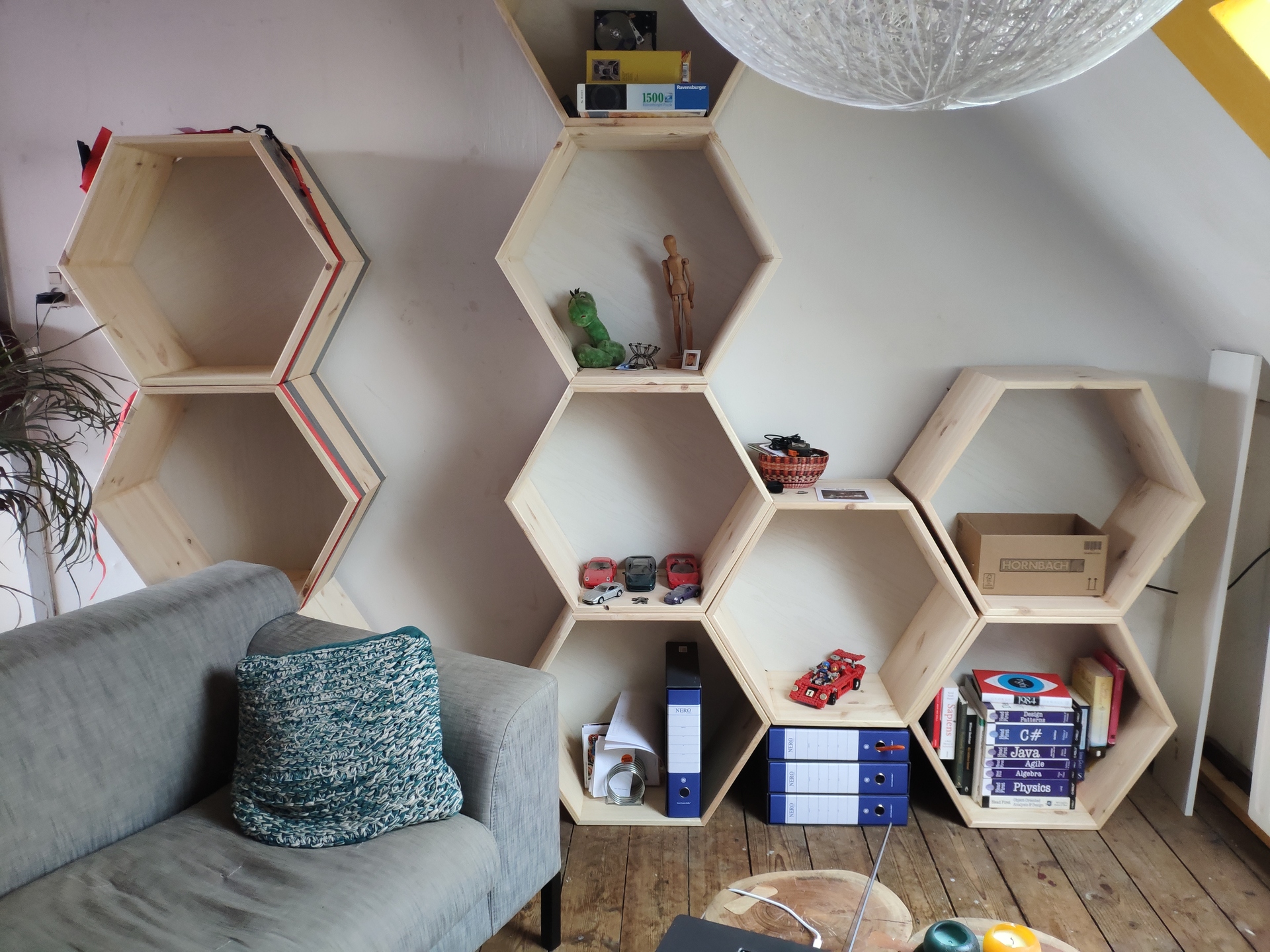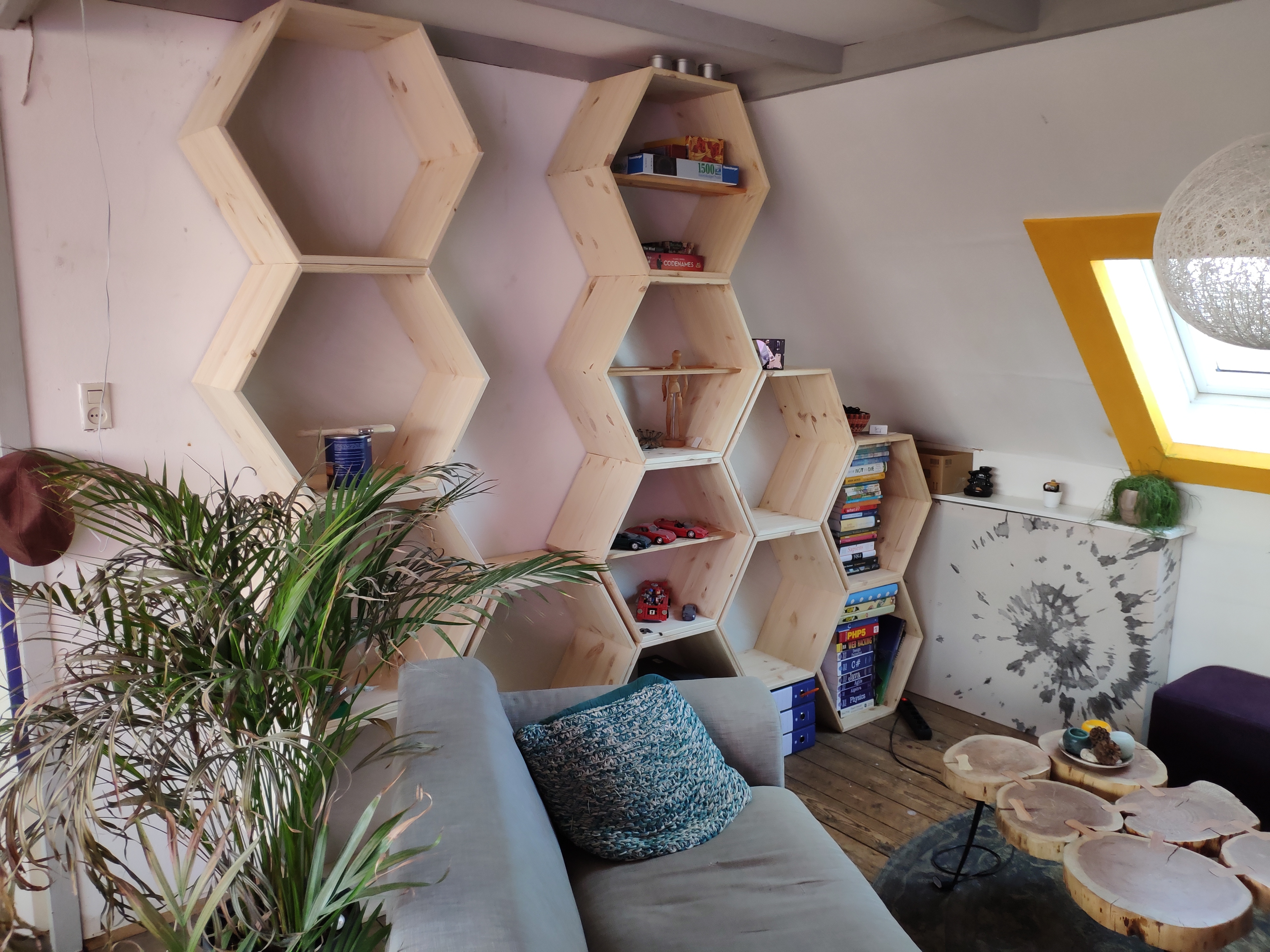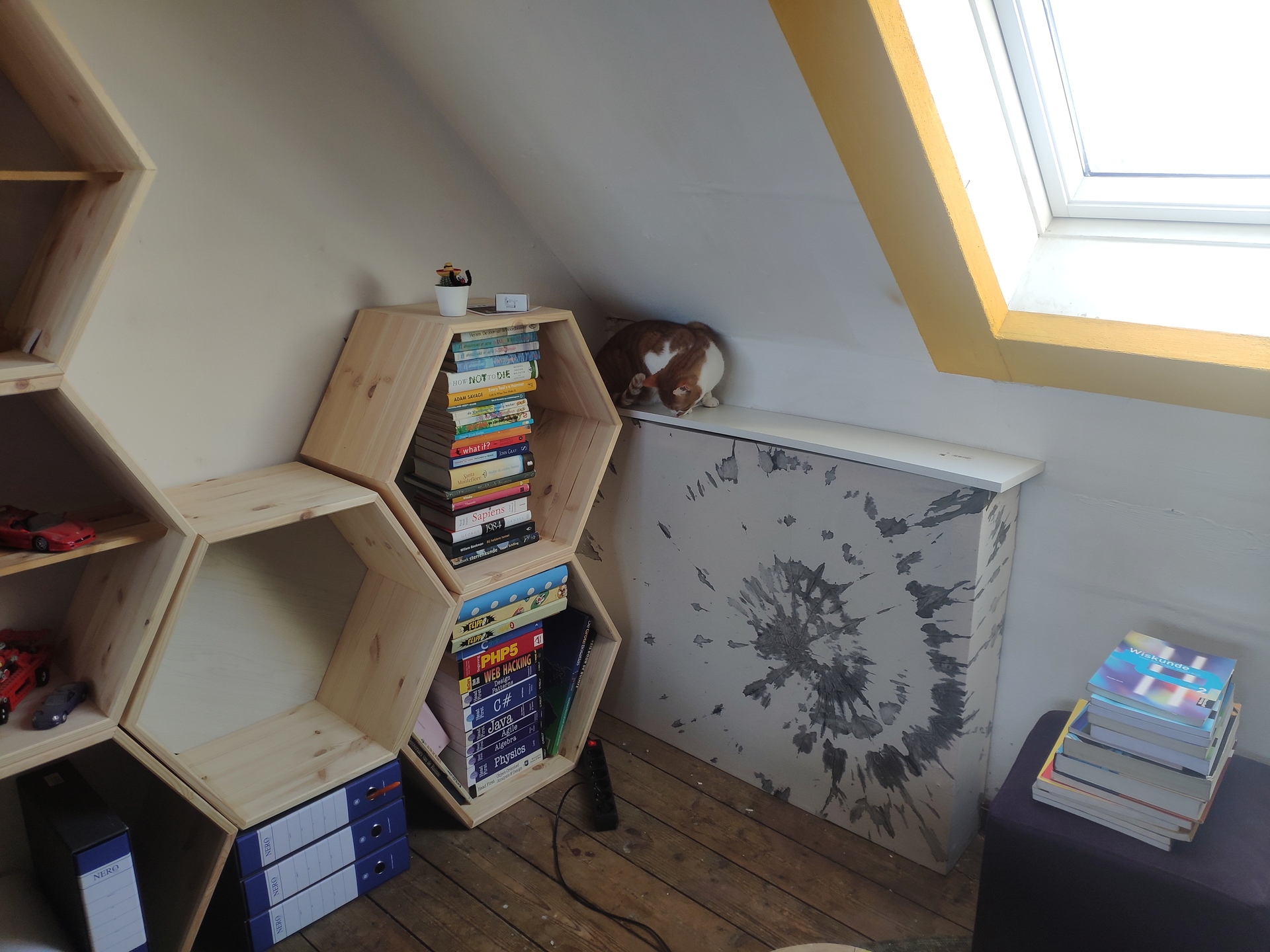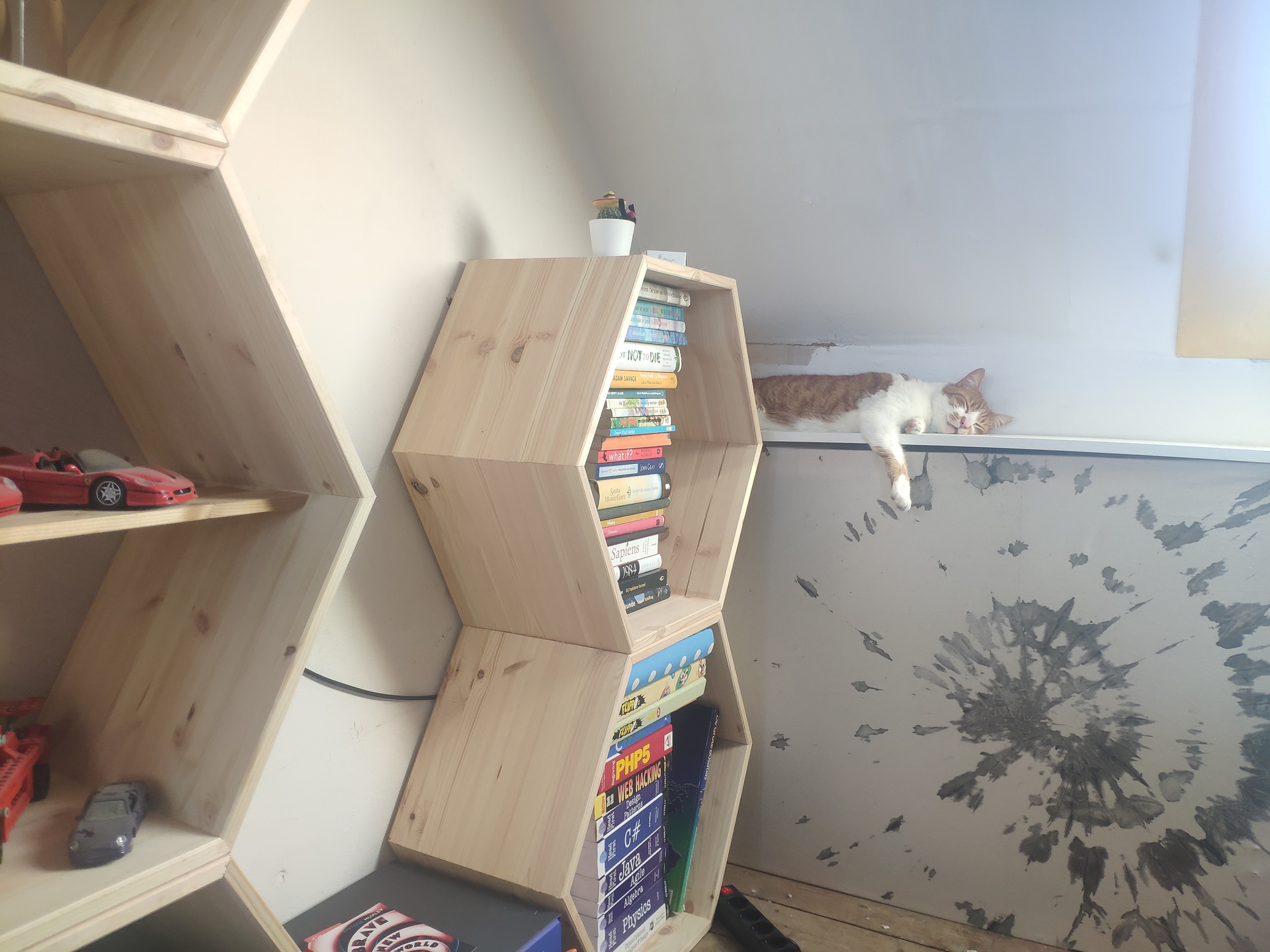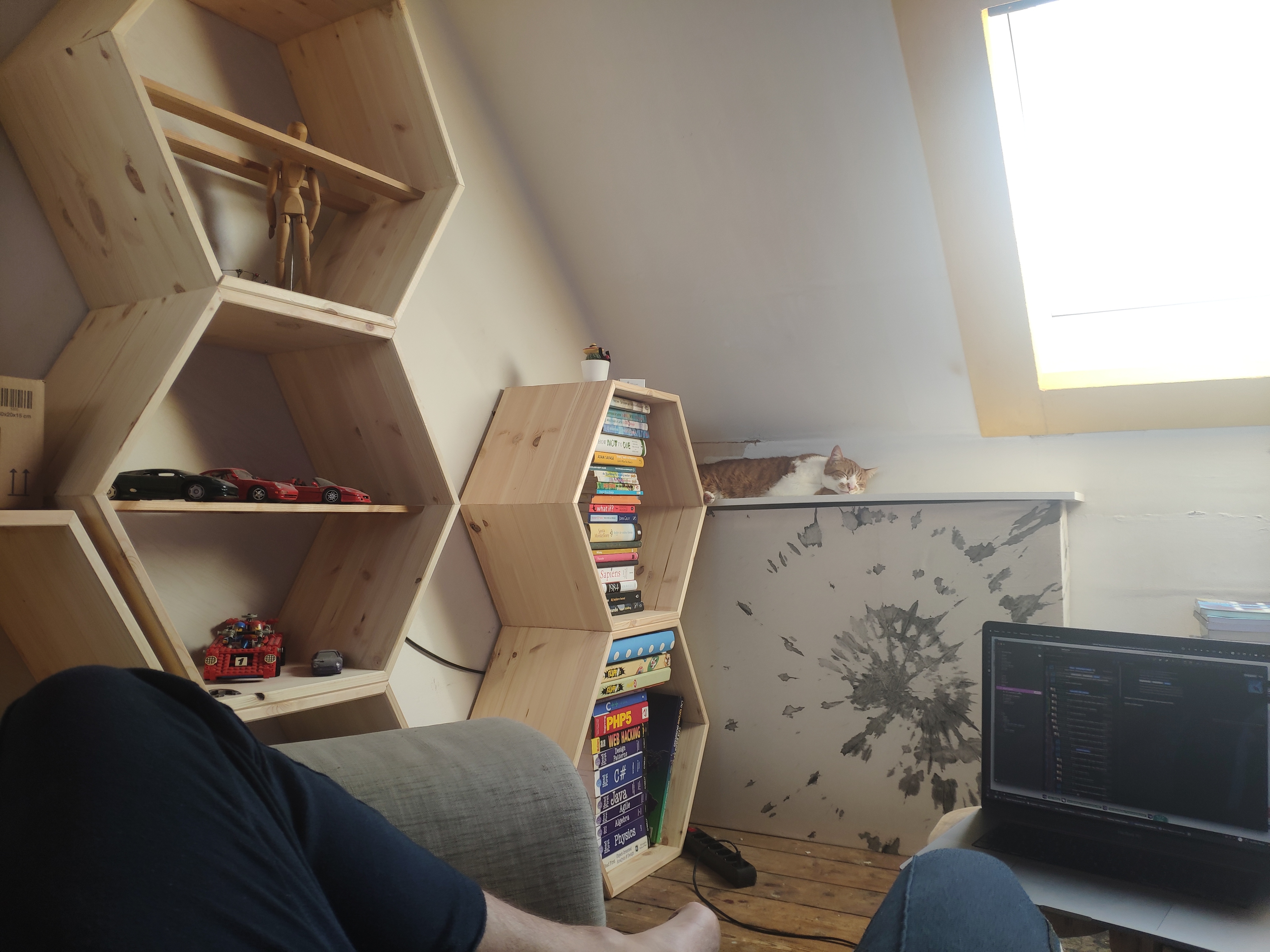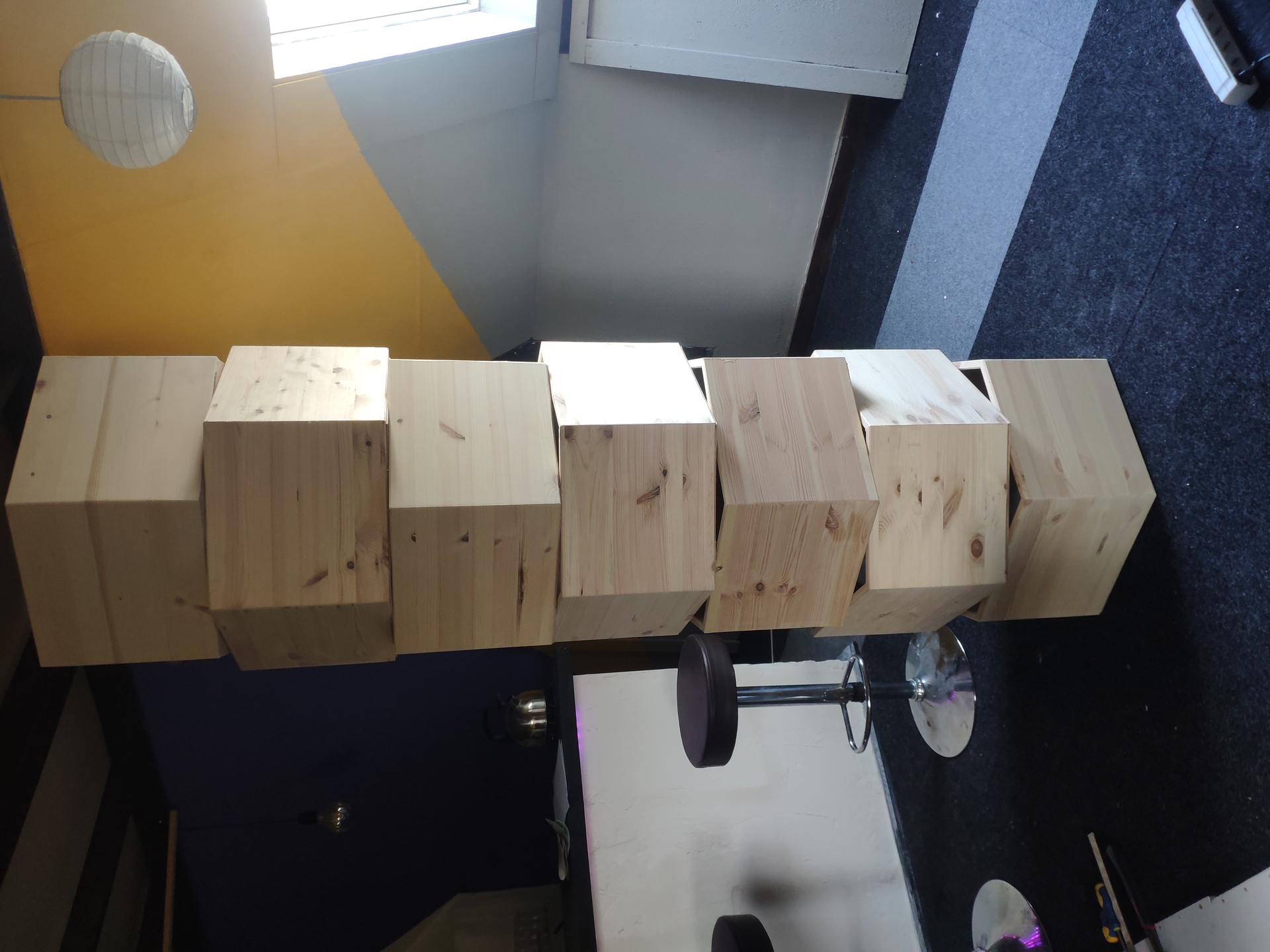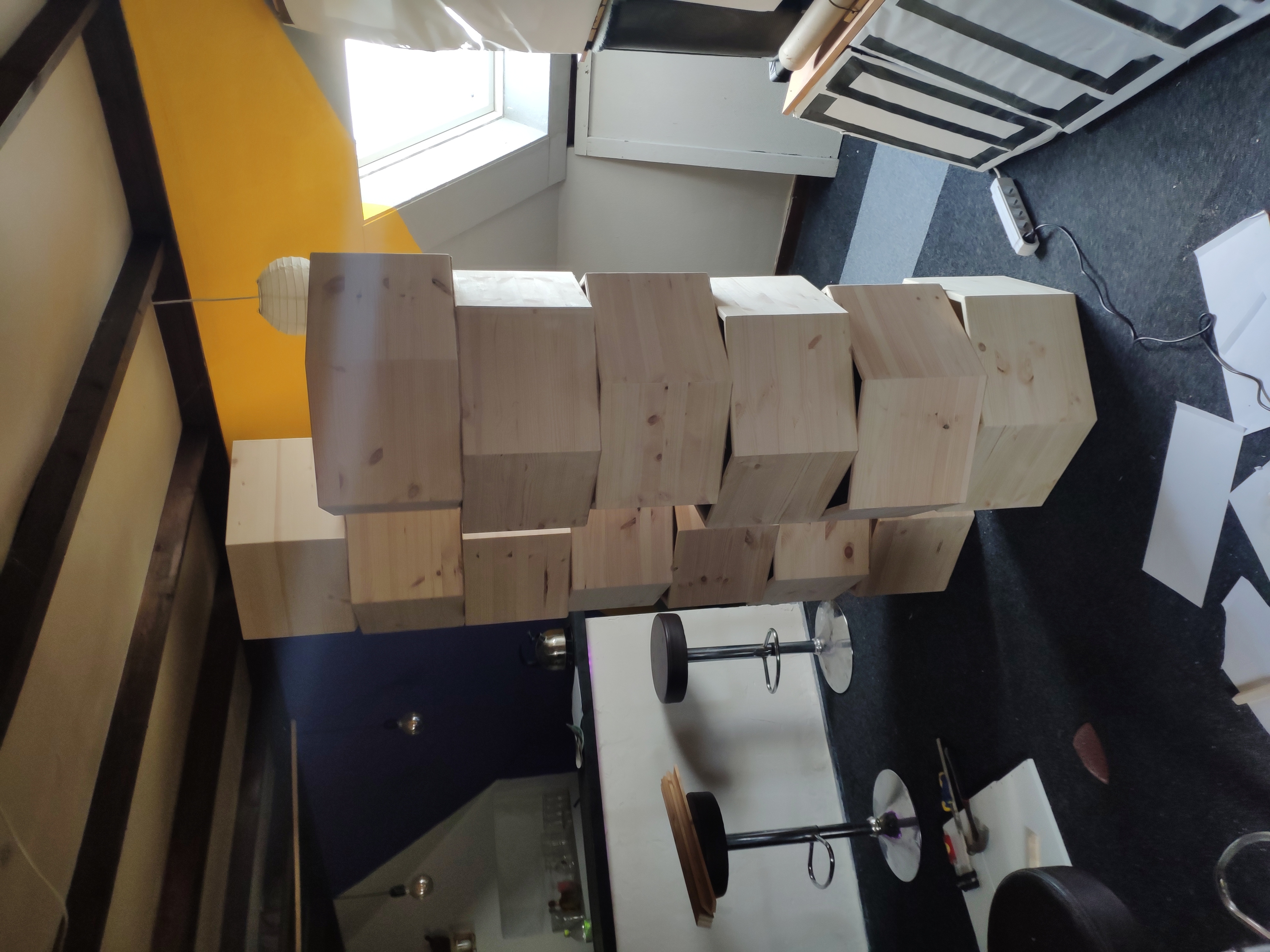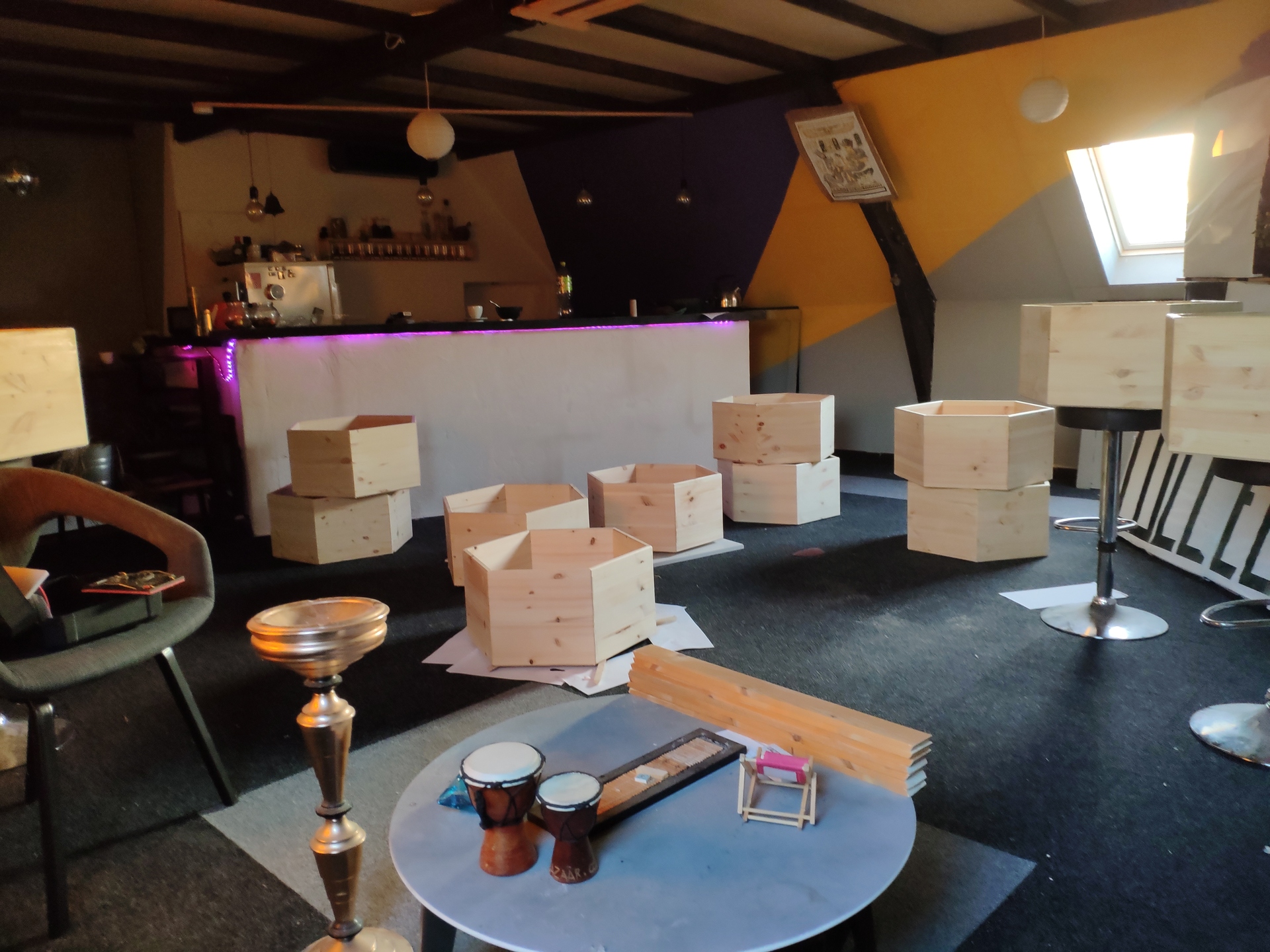Cabinet
This is a first concept of this post, updates are pending
I started off with this basic tutorial from KamuiCosplay.
Hexagons
This cabinet consists of 16 hexagons with sides of 320mm and a depth of 320mm, made of 18mm plywood.
Arduino
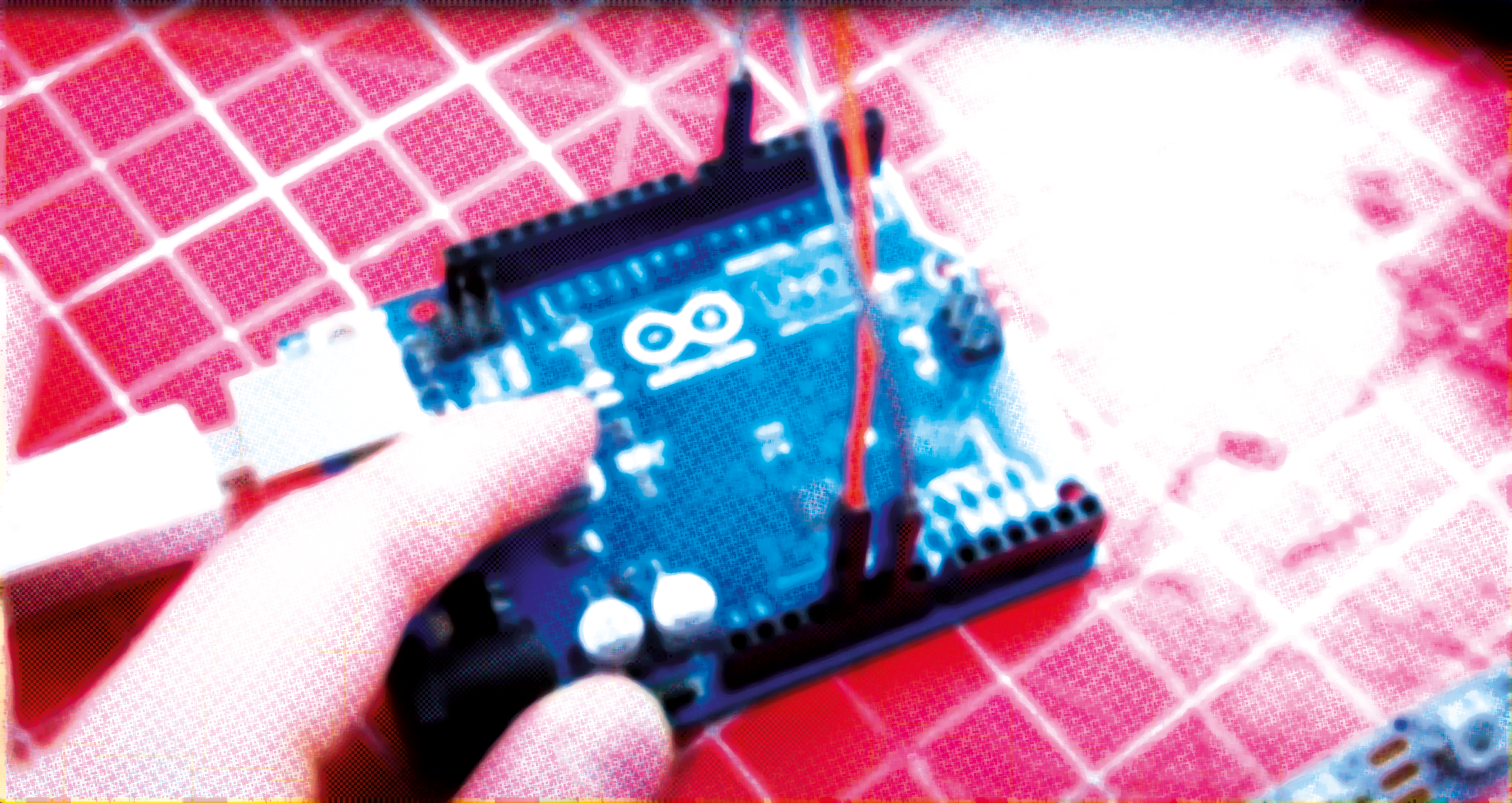
Getting started
- Download the IDE from the Arduino website and install.
- Go to Sketch -> Include Library -> Manage Libraries and search for 'neopixel'.
- Install Adafruit NeoPixel library.
- Go to Tools -> Board and select 'Arduino Uno'.
- Go to Tools -> Programmer and select 'Arduino as ISP'.
- The port probably is already selected.
I have Arduino 1.8.19 installed, above terms may vary depending on your version.
My program is based on the strandtest included in this library: Open File -> Examples -> Adafruit NeoPixel -> strandtest The original source is also included in this repository.
Below are some comments that were included in that file:
Neopixel best practices
- Add 1000 uF CAPACITOR between NeoPixel strip's + and - connections.
- Minimize wiring length between microcontroller board and first pixel.
- NeoPixel strip's DATA-IN should pass through a 300-500 Ω RESISTOR.
- Avoid connecting NeoPixels on a live circuit. If you must, always connect GROUND (-) first, then +, then data.
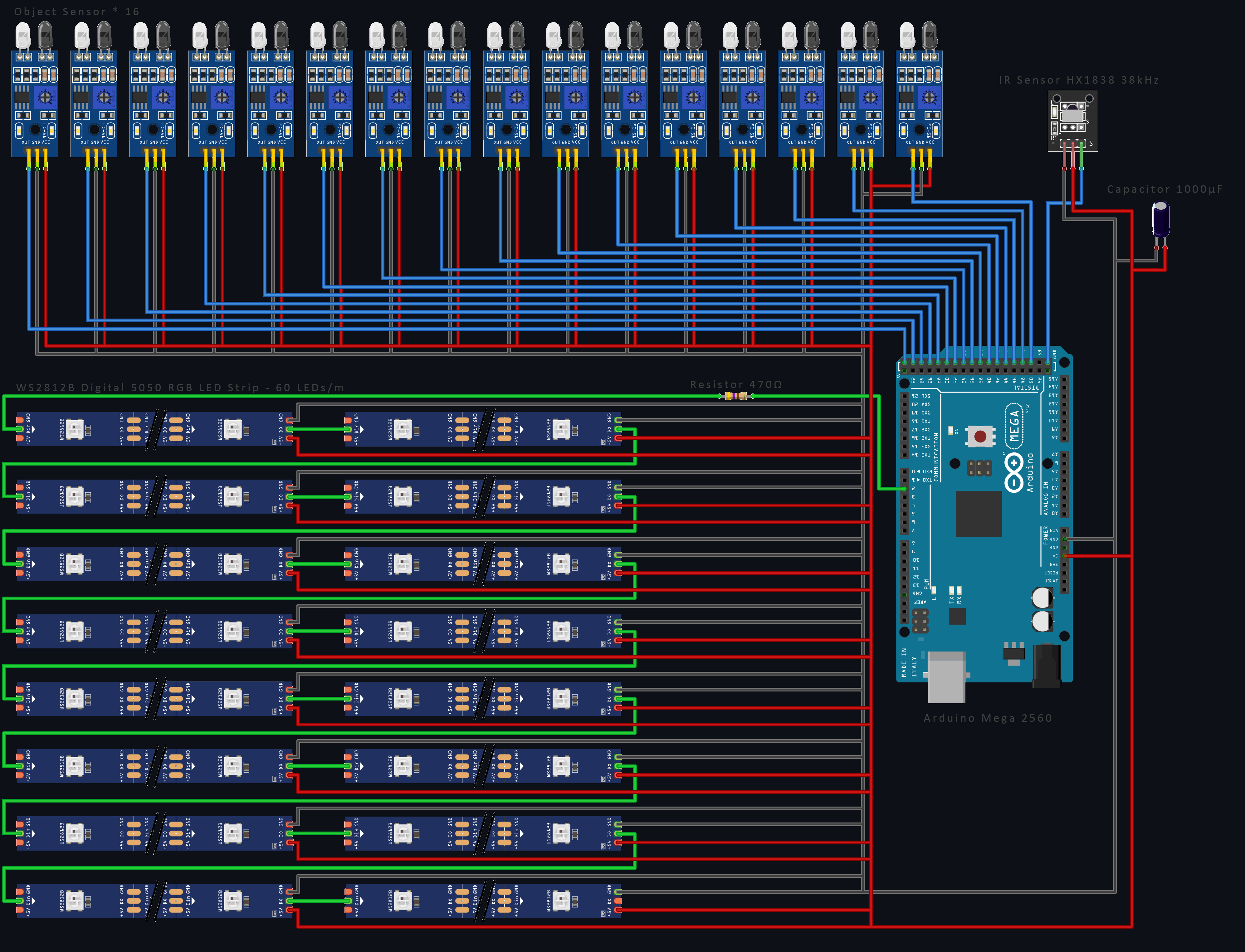
A Dutch manual to calculate the resistance based on the color coding.
For a polarized electrolytic capacitor as seen here, the negative (–) lead is usually indicated by a stripe and/or may be shorter than the + lead. Draw schemes like this with Fritzing.
Another useful source is the Adafruit NeoPixel Überguide.
How many NeoPixels are attached to the Arduino?
LED_COUNT is defined by 16 hexagons times 108 LEDs, considering 60 LEDs/meter, that would mean a total of 1728 LEDs.
Declare our NeoPixel strip object
- Argument 1 = Number of pixels in NeoPixel strip
- Argument 2 = Arduino pin number (most are valid)
- Argument 3 = Pixel type flags, add together as needed: NEO_KHZ800 800 KHz bitstream (most NeoPixel products w/WS2812 LEDs)
Setup function runs once at startup
It is required to include strip.begin(); in this setup function. This can be used to turn all LEDs of initially and set a brightness. Other functions related to the strip can be found in the class reference.
Loop function runs repeatedly
In this function the animation functions can be called. The default ones included in the strandtest are colorWipe(), theaterChase(), rainbow() and theaterChaseRainbow(), you can find the documentation of these functions in the original strandtest.ino file. I added my own functions to it: FX_hexCircle(), FXcolorWipeMulti()
Remote
The light effects can be selected with a remote control, having a numpad and 4 arrows. However, I might be using the remote of my Dolby receiver, which has an unused numpad. Maybe I'll be able to use the arrow buttons on that too. You may find some useful instructions in this Youtube video.
The plan is to program each of those numbers with its own effect. Example:
- Each hexagon is turning on one by one
- Each hexagon starts circling around
- Everything is quite dim, but with a motion sensor a single hexagon can light up if I come close
- Equalizer
- Circle around 6 hexagons
- Light up certain hexagons (use arrows to pick which)
- All off, except when approached
- Ableton with Max4Live control
- TBD
- ...
Proximity sensors
Each hexagon contains a proximity sensor which can be used to light up a hexagon when something is grabbed from it. Because 16 of those sensors are needed, unfortunately an Arduino Uno won't be sufficient, as it is impossible to connect that many things. That's why I included an Arduino Mega in the shopping list. This also gives me some extra memory capacity. The differences are visible in the table below:
The code I have so far
1 2 3 4 5 6 7 8 9 10 11 12 13 14 15 16 17 18 19 20 21 22 23 24 25 26 27 28 29 30 31 32 33 34 35 36 37 38 39 40 41 42 43 44 45 46 47 48 49 50 51 52 53 54 55 56 57 58 59 60 61 62 63 64 65 66 67 68 69 70 71 72 73 74 75 76 77 78 79 80 81 82 83 84 85 86 87 88 89 90 91 92 93 94 95 96 97 98 99 100 101 102 103 104 105 106 107 108 109 110 111 112 113 114 115 116 117 118 119 120 121 122 123 124 125 126 127 128 129 130 131 132 133 134 135 136 137 138 139 140 141 142 143 144 145 146 147 148 149 150 151 152 153 154 155 156 157 158 159 160 161 162 163 164 165 166 167 168 169 170 171 172 173 174 175 176 177 178 179 180 181 182 183 184 185 186 187 188 189 190 191 192 193 194 195 196 197 198 199 200 201 202 203 204 205 206 207 208 209 210 211 212 213 214 215 216 217 218 219 220 221 222 223 224 225 226 227 228 229 230 231 232 233 234 235 236 237 238 239 240 241 242 243 244 245 246 247 248 249 250 251 252 253 254 255 256 257 258 259 260 261 262 263 264 265 266 267 268 269 270 271 272 273 274 275 276 277 278#include <Adafruit_NeoPixel.h> #include <IRremote.hpp> #define LED_PIN 6 #define RECV_PIN 10 #define LED_COUNT 300 #define HEXAGON_COUNT 20 #define HEXAGON_LED_COUNT 108 #define TIMEOUT 50 #define C_PURPLE strip.Color( 92, 94, 220) #define C_RED strip.Color(255, 0, 0) #define C_YELLOW strip.Color(255, 255, 0) #define C_GREEN strip.Color( 0, 255, 0) #define C_CYAN strip.Color( 0, 255, 255) #define C_BLUE strip.Color( 0, 0, 255) #define C_MAGENTA strip.Color(255, 0, 255) // Stuff for remote int Program = 0; int maxProgram = 2; int Horizontal = 0; int Vertical = 0; int Brightness = 50; bool Active = false; // Declare our NeoPixel strip object: Adafruit_NeoPixel strip(LED_COUNT, LED_PIN, NEO_GRB + NEO_KHZ800); // bitstream (most NeoPixel products w/WS2812 LEDs) // Runs once at startup void setup() { Serial.begin(9600); Serial.println('Arduino is set up!'); IrReceiver.begin(RECV_PIN, true); strip.begin(); show(); // Turn OFF all pixels strip.setBrightness(50); } // Runs repeatedly void loop() { // if (IrReceiver.decode()) { // uint32_t myRawdata = IrReceiver.decodedIRData.decodedRawData; // // Serial.println(myRawdata, HEX); // RM_translate(myRawdata); // IrReceiver.resume(); // } FX_hexCircle(C_PURPLE, TIMEOUT); FX_hexCircle(C_RED, TIMEOUT); FX_hexCircle(C_YELLOW, TIMEOUT); // FX_hexCircle(C_GREEN, TIMEOUT); // FX_hexCircle(C_CYAN, TIMEOUT); // FX_hexCircle(C_BLUE, TIMEOUT); // FX_hexCircle(C_MAGENTA, TIMEOUT); // FX_colorWipeMulti(C_PURPLE, 10, TIMEOUT); // FX_colorWipeMulti(C_RED, 20, TIMEOUT); // FX_colorWipeMulti(C_YELLOW, 30, TIMEOUT); // FX_colorWipeMulti(C_GREEN, 40, TIMEOUT); // FX_colorWipeMulti(C_CYAN, 50, TIMEOUT); // FX_colorWipeMulti(C_BLUE, 60, TIMEOUT); // FX_colorWipeMulti(C_MAGENTA, 70, TIMEOUT); } void show() { if (IrReceiver.isIdle()) { strip.show(); } } void FX_hexCircle(uint32_t color, int wait) { for (int j = 0; j < HEXAGON_LED_COUNT; j++) { for (int i = 0; i < strip.numPixels(); i+=HEXAGON_LED_COUNT) { strip.setPixelColor(i + j, color); strip.setPixelColor(i + j -5, strip.Color(0, 0, 0)); } show(); delay(wait); } } void FX_colorWipe(uint32_t color, int wait) { for (int i = 0; i < strip.numPixels(); i++) { strip.setPixelColor(i, color); show(); delay(wait); } } void FX_colorWipeMulti(uint32_t color, int pixels, int wait) { for (int i = 0; i < strip.numPixels(); i += pixels) { for (int j = 0; j < pixels; j++) { strip.setPixelColor(i + j, color); } show(); delay(wait); } } void FX_rainbow(int wait) { for (long firstPixelHue = 0; firstPixelHue < 5*65536; firstPixelHue += 256) { strip.rainbow(firstPixelHue); show(); delay(wait); } } void RM_translate(uint32_t signal) { // Pioneer Remote // Stop signal: 66995CA3 switch(signal) { case 0x5EA150AF: Program = 1; Serial.println("Each hexagon is turning on one by one"); Serial.println("- use < and > to control the color"); strip.clear(); Active = true; break; case 0x5DA250AF: Program = 2; Serial.println("Each hexagon starts circling around"); Serial.println("- use < and > to control the amount of lit LEDs"); Serial.println("- use UP and DOWN to control the speed"); strip.clear(); Active = true; break; case 0x5CA350AF: Program = 3; Serial.println("Each hexagon fils up"); Serial.println("- use UP and DOWN to control the speed"); strip.clear(); Active = true; break; case 0x5BA450AF: Program = 4; Serial.println("Everything is quite dim but with a motion sensor a single hexagon can light up if I come close"); Serial.println("- use < and > to control the color"); strip.clear(); Active = true; break; case 0x5AA550AF: Program = 5; Serial.println("All off, except when approached"); Serial.println("- use < and > to control the color"); break; case 0x59A650AF: Program = 6; Serial.println("Circle around 6 hexagons"); Serial.println("- use < and > to control the color"); Serial.println("- use UP and DOWN to control the speed"); strip.clear(); Active = true; break; case 0x58A750AF: Program = 7; Serial.println("Light up certain hexagons"); Serial.println("- use arrows to pick which"); strip.clear(); Active = true; break; case 0x57A850AF: Program = 8; Serial.println("Equalizer"); strip.clear(); Active = true; break; case 0x56A950AF: Program = 9; Serial.println("Ableton with Max4Live control"); strip.clear(); Active = true; break; case 0x5FA050AF: Program = 0; Serial.println("TBD"); strip.clear(); Active = true; break; case 0xDF250AF: // up RM_move(0); Serial.println("Vertical: " + Vertical); strip.clear(); Active = true; break; case 0x9B6450AF: // right RM_move(1); Serial.println("Horizontal: " + Horizontal); strip.clear(); Active = true; break; case 0xCF350AF: // down RM_move(2); Serial.println("Vertical: " + Vertical); strip.clear(); Active = true; break; case 0x9C6350AF: // left RM_move(3); Serial.println("Horizontal: " + Horizontal); strip.clear(); Active = true; break; case 0x10EF50AF: // enter break; case 0xF50A5AA5: // volume up RM_brightness(1); Serial.println("Brightness: " + Brightness); break; case 0xF40B5AA5: // volume down RM_brightness(0); Serial.println("Brightness: " + Brightness); break; case 0x1CE350AF: // disp break; case 0x1AE550AF: // clr strip.clear(); Active = false; break; default: // Other button break; } } void RM_move(int direction) { switch (direction) { case 0: if (Vertical < 100) Vertical += 10; break; case 1: if (Horizontal < 100) Horizontal += 10; break; case 2: if (Vertical > 0) Vertical -= 10; break; case 3: if (Horizontal > 0) Horizontal -= 10; break; } } void RM_brightness(int direction) { switch (direction) { case 1: if (Brightness < 250) Brightness += 25; break; case 0: if (Brightness > 25) Brightness -= 25; break; } strip.setBrightness(Brightness); }
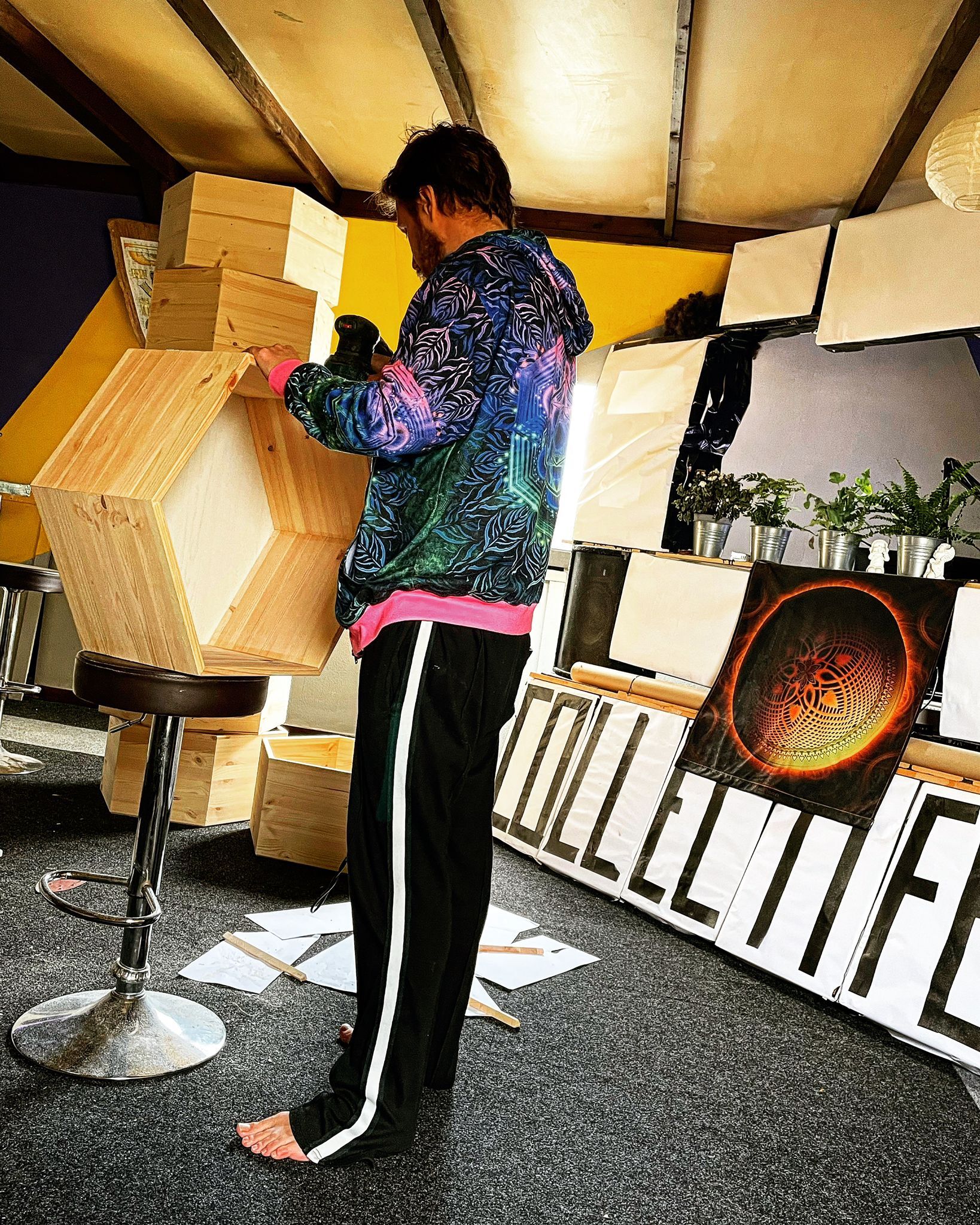
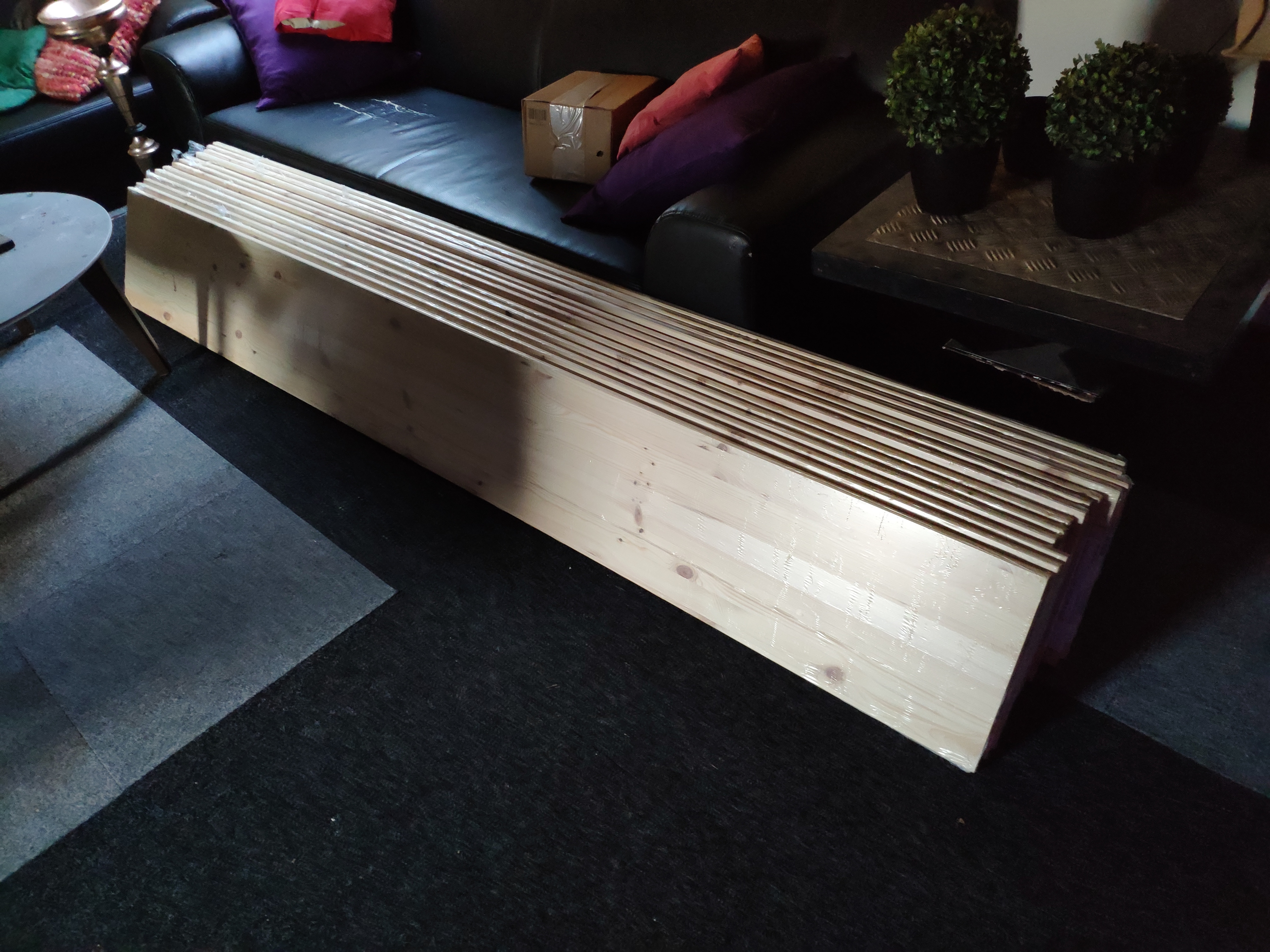
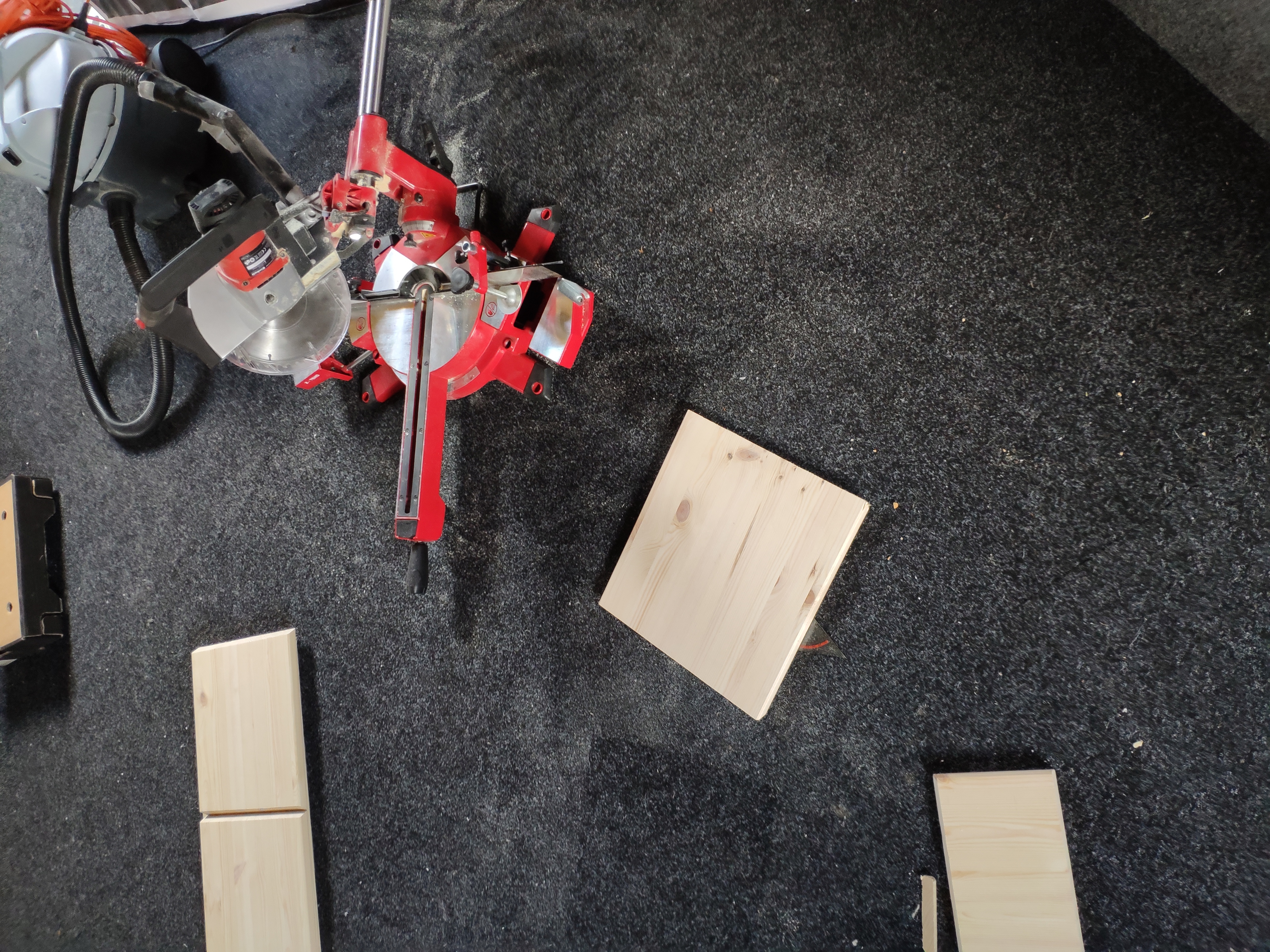
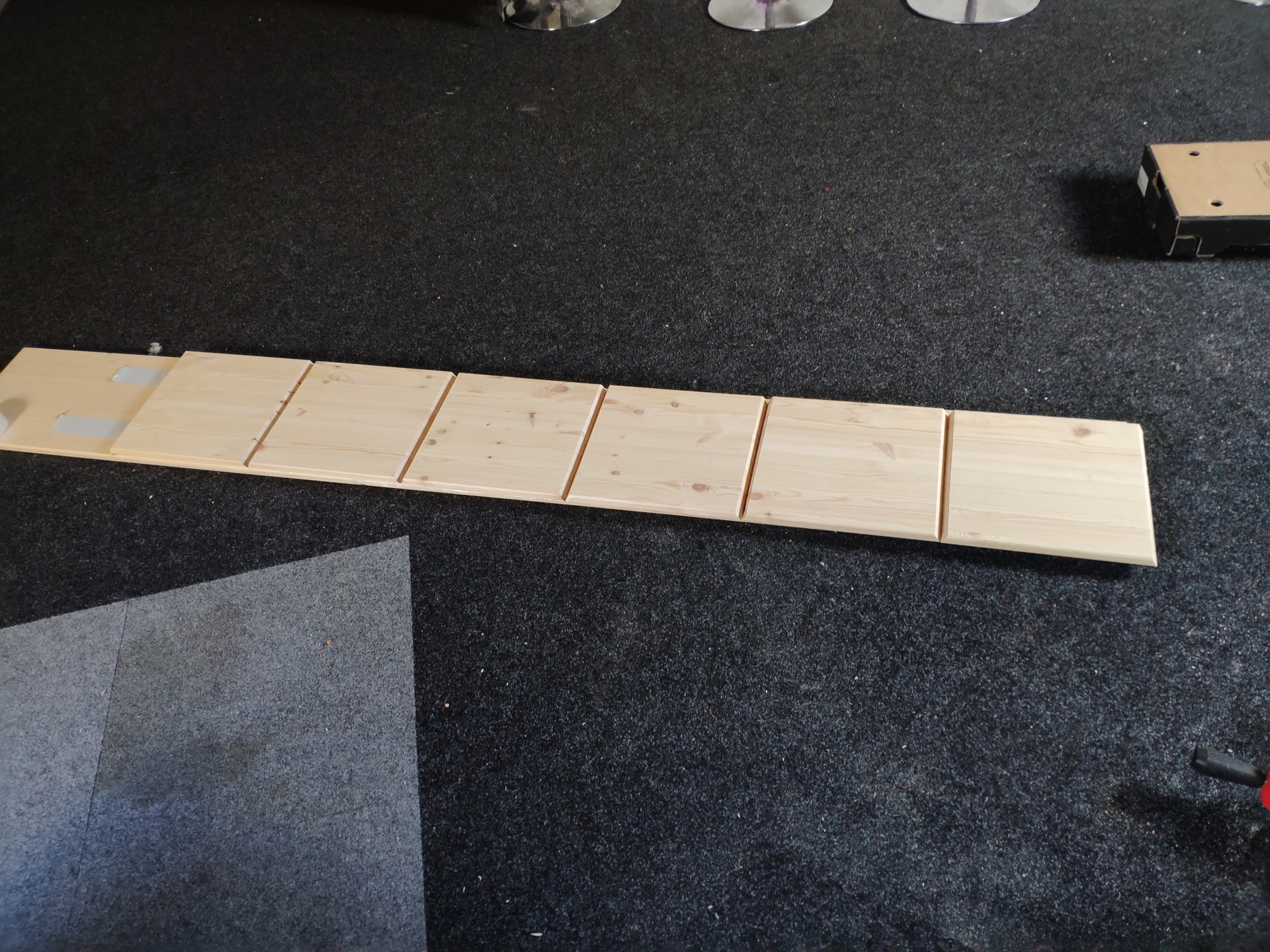
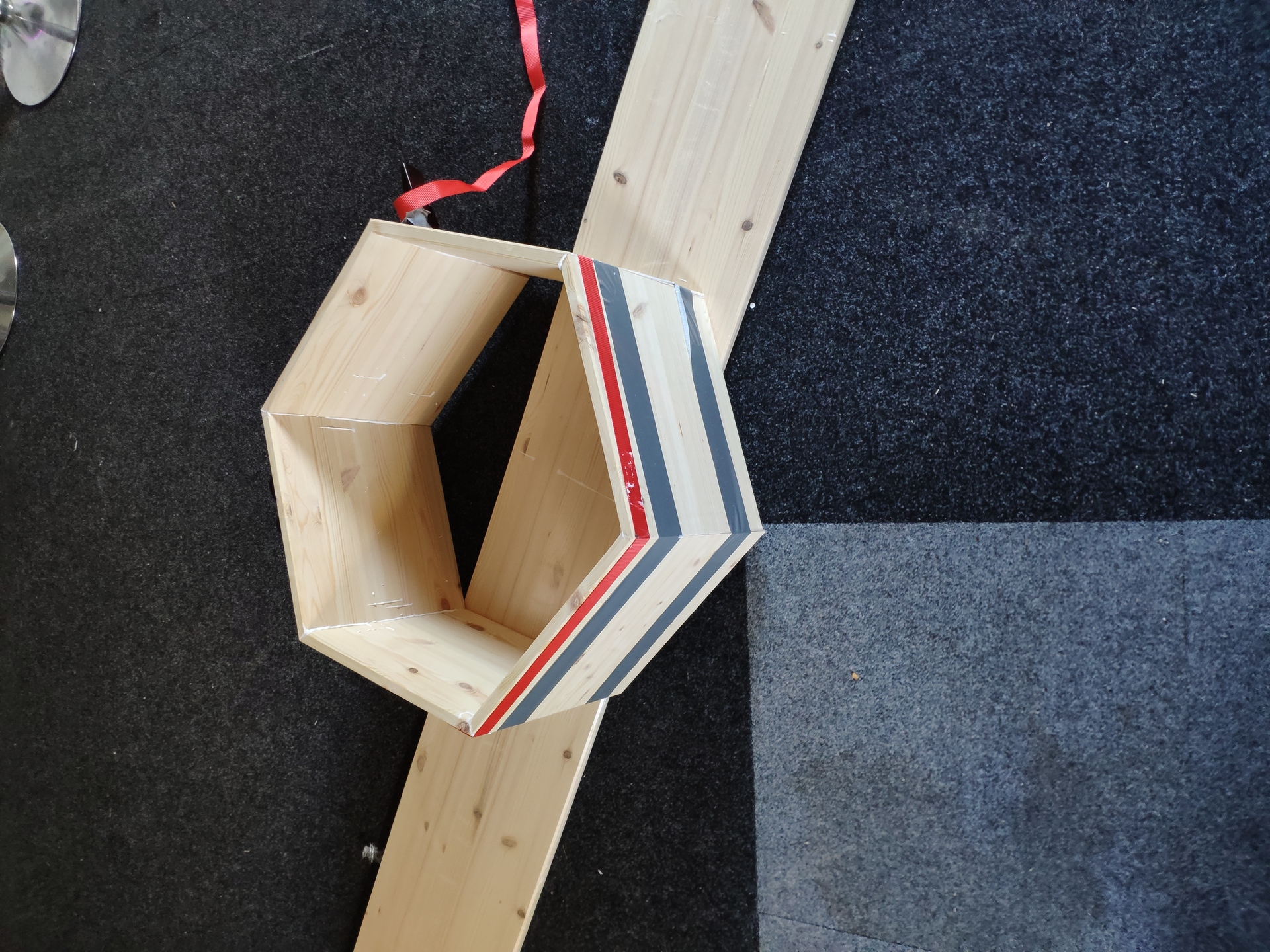
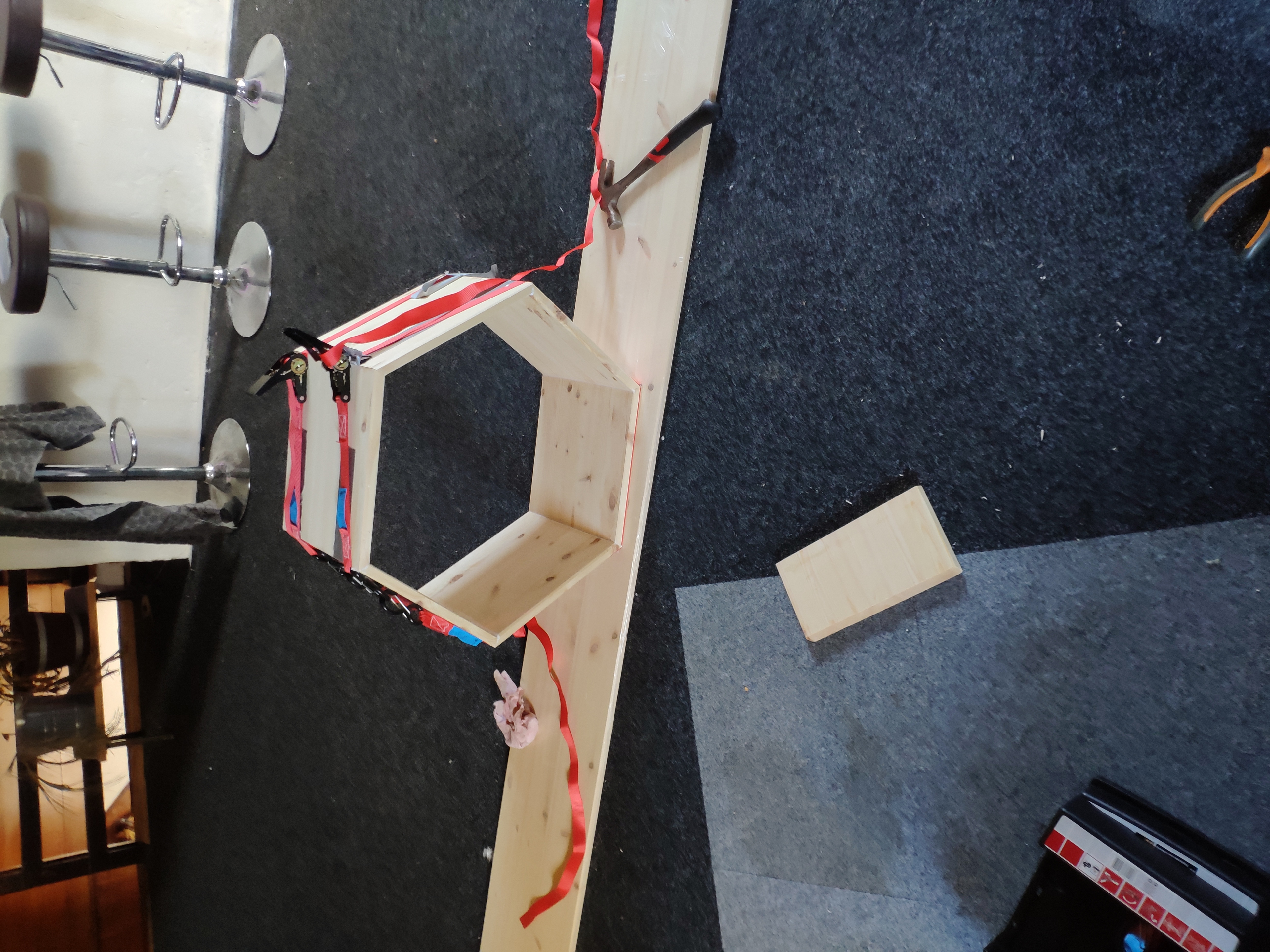
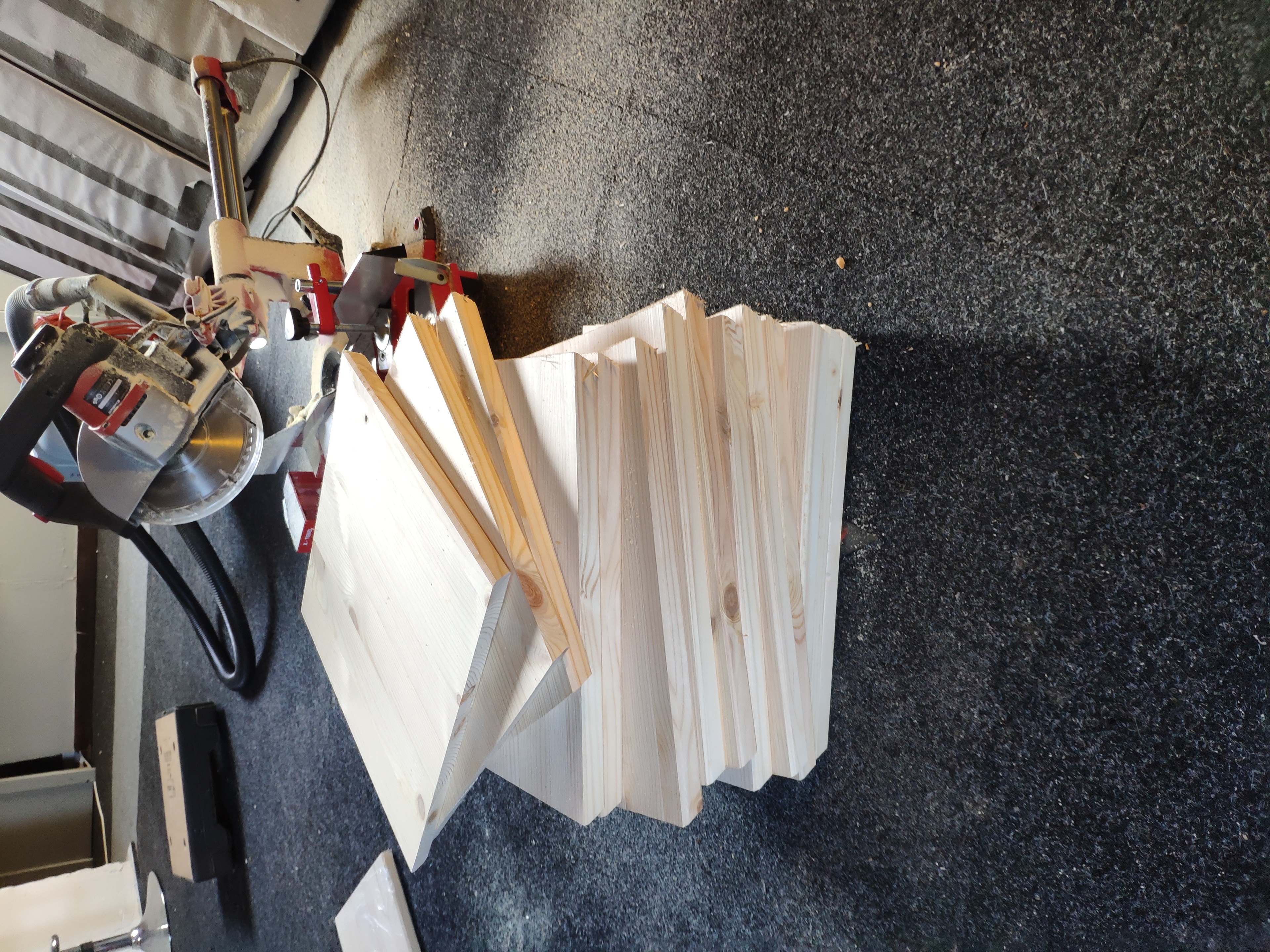
| Arduino Micro | Arduino Uno | Arduino Mega | |
|---|---|---|---|
| Price | € 19,00 | € 20,50 | € 35,00 |
| Dimension | 45 * 18 mm | 68.6 * 53.4 mm | 101.5 * 53.3 mm |
| Processor | ATMega328P | ATMega32U4 | ATMega2560 |
| Clock Speed | 16 MHz | 16 MHz | 16 MHz |
| Flash Memory | 32 kB | 32 kB | 256 kB |
| EEPROM | 1 kB | 1 kB | 4 kB |
| SRAM | 2.5 kB | 2 kB | 8 kB |
| Voltage Level | 5V | 5V | 5V |
| Digital I/O Pins | 20 | 14 | 54 |
| Digital I/O with PWM Pins | 7 | 6 | 15 |
| Analog Pins | 12 | 6 | 12 |
| USB Connectivity | Micro USB | USB-A | USB-A |
| Shield Compatibility | No | Yes | Yes |
Smartphone
Using RemoteXY you can create an app for your smartphone. However, I don't think I'll be using this as it requires too much steps to open the app and control my lights. Watch this Youtube video for further instructions on that. I put a WiFi receiver in the shopping list regardless.
Ableton
For Ableton Live there is a Max4Live plugin to control the Arduino, I'm not sure how to set that up yet and some additional hardware might be needed. So this part will remain on the wish list until further notice.










Shopping list
- 13x Solid wood glued panel pine 2350x300x18mm 21 320x320x18mm sections per slab € 24,75
- 1x Wood glue € 9,39
- 1x Wood finish € 31,29
- 1x Arduino Mega 2560 R3 € 35,00
- 2x DuPont Jumper wire Male-Female 20cm 10 wires € 0,75
- 1x 1000uF 25V Elektrolytic Capacitor € 0,25
- 6x WS2812B Digital 5050 RGB LED Strip - 300 LEDs 5m € 50,00
- 1x Heat shrink tubing 2:1 - Ø 14mm diameter - 50cm € 1,15
- 1x 470Ω resistor € 0,05
- 2x Mean Well Power Supply - 5V 26A - Switching Power Supply - RS-150-5 € 30,00
- 2x Standard 230V Power supply cable - 1.8m - Angled plug € 4,00
- 1x Heat shrink tubing Kit - Black € 4,00
- 1x Budget Soldering Station Kit - ZD-99 - 48W € 25,00
- 1x Rotary Encoder Module € 1,50
- 1x IR sensor module with remote and battery - With IR LED € 3,00
- 16x Object Detection Sensor Module € 2,00
- 1x Breadboard 170 points - Black € 1,50
- 20x JST-SM 3p Compatible Extension Cable - 100cm € 2,50
- 1x ESP8266 WiFi Module ESP-01 1MB € 5,00
- 1x Segment Display - 1 Character - Red
- 1x LCD Display 16 * 2 characters with white text and blue backlight
- LCD Displays
- Proximity sensor
Totals: € 891,38
Other Arduino projects
TODO
- Build the cabinet, cut up the LED strip in 16 pieces holding 108 LEDs each.
- Connect all to the Arduino and the power supply - determine how many power supplies are needed.
- Include programming for the IR-sensor and the remote
- Include programming for the object detection
- Tutorial for LCD usage
